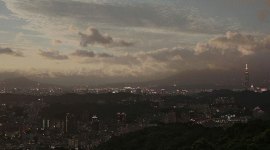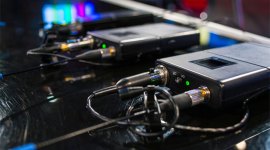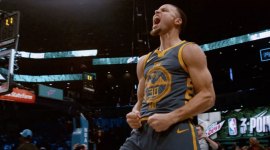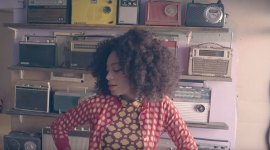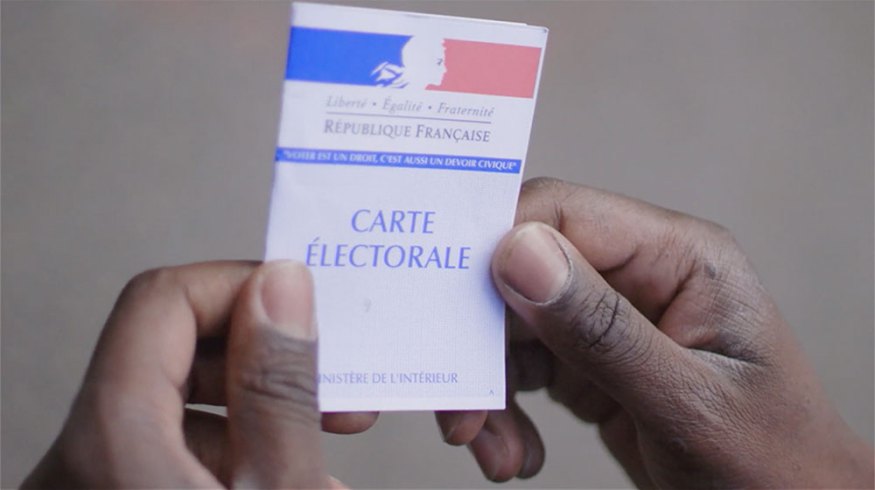
Director Nora Mandray on Using History to Understand the Present
We spoke with director Nora Mandray about contextualizing history and keeping a complex political timeline vibrant and legible in short form.
After Donald Trump was elected president of the United States in 2016, Field of Vision commissioned Nora Mandray to make a short film about the presidential race in France. Dancing With Le Pen illuminates a decades-long shift toward the far right, led by a family of politicians. It’s a pithy, sobering look at the sustained tolerance for bigotry and xenophobia in France, but viewers recognize the mindsets of Trump followers who sound like Mandray’s subjects.
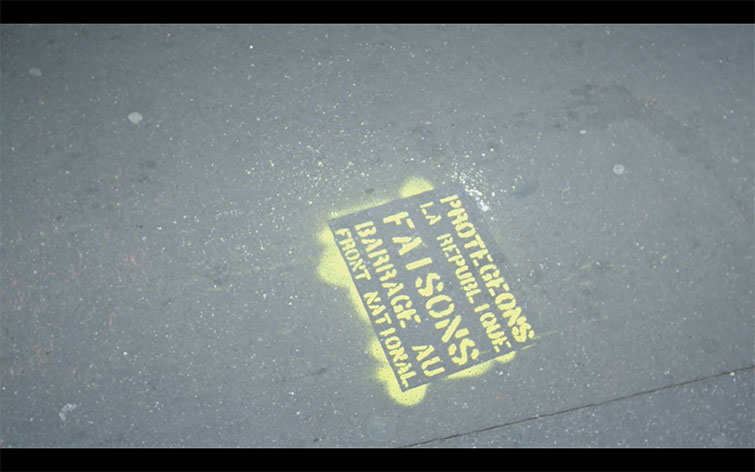
PremiumBeat: The parallels to the rise of the far-right in the U.S. were timely for American viewers. Tell me how the idea for the film came about. Did you begin with a plan to go back to 1972, after the short dance floor introduction?
Nora Mandray: What was happening was (and still is) certainly resonating with the rise of the alt-right in the U.S., so the plan was to document how those ideas were spreading. The French election was also happening, just shy of a year after the Brexit vote, so the traditional balance of powers felt very fragile at that time. Nobody knew what the outcome of the election would be. Macron was this new figure, with a brand new party, which completely smashed the political landscape as we knew it.
That said, the National Front (now “National Rally”) is a special case, because of its long, steady rise since its creation in the 1970s. Translating its extent into a compelling story for an American audience was a challenge. Also, at the time of the shoot, no one knew what was going to happen! But the one thing that I knew for sure was that it would be a very emotional campaign and moment. In France, people are passionate about politics, and they show it. That was something that, in my mind, Americans could relate to. So, as I set out to tell this story, my plan was to create a character-driven vérité narrative: I cast characters who would each embody the party’s evolution — the origins, its “rebranding,” and its future.
I definitely had the party’s biggest historical moments in mind — the main “story beats” so to speak! But mostly, I wanted to have room to let the story of the election (this potential massive political and cultural shift!) unfold. The story structure very much shaped itself in the edit.
Field of Vision – Dancing with Le Pen.
PB: How did you organize the information during pre-production? Does your mind work best with a linear timeline, or did you conceptualize the documentary via themes?
NM: As I usually do, I wrote a script including the characters I had access to, based on the preliminary interviews I had conducted with them over the phone, and I put together a mood board for the types of framings/lighting/camera movements I wanted.
Dealing with a vérité approach, I had to be flexible with my “plan” and half of what I planned in terms of scenes didn’t happen! But the skeleton of the film was there, and having this basis allowed me to think on my feet the day of, adjusting to reality, being able to recognize scenes in the real world that had a similar emotional impact.
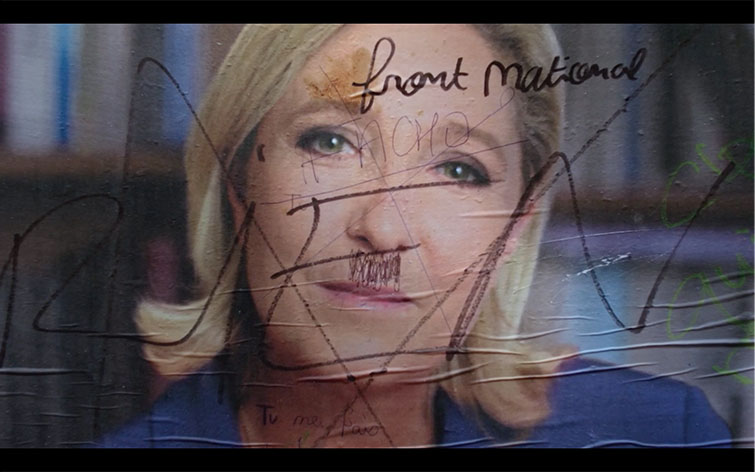
PB: How did you go about collecting the archival footage of the Le Pen line? What was important to you when choosing the shots that would represent each candidate?
NM: I spent many hours trolling on YouTube! The French archival resource “INA” is a treasure trove, and I went all in as well. This work happened during the edit. At that point, I was looking for key moments that could illustrate the party’s steady rise, as well as audio/visual points of transition with my vérité footage to organically bridge past and present.
In the edit, it became obvious that archives were necessary to tell the story and help the narrative. While editing, I’d constantly ask myself: Is this shot necessary? How do you keep this story relevant after election day? How to keep a dramatic drive when the viewers already know the election’s outcome? But also, this is such a serious topic! How to make this entertaining, so that the audience wants to keep watching? Fortunately, the wonders of 1980s archives helped me with this last part.
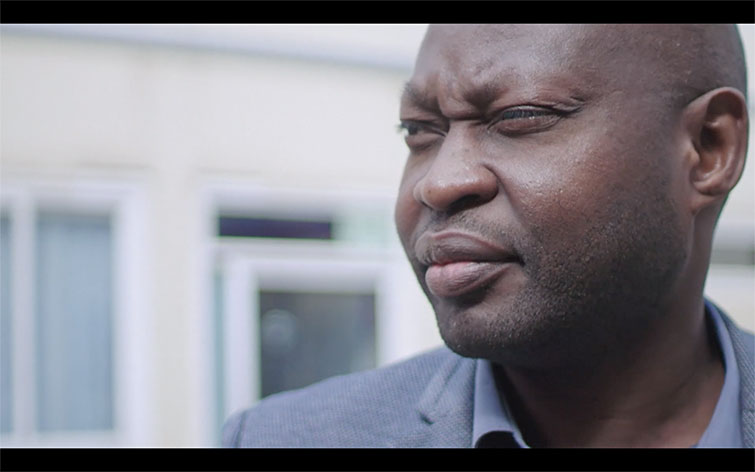
PB: With this project, and others like 3 Acres in Detroit, you shoot outside on pivotal days that can’t be reprised (the Muslim wedding in DWLP, etc.). Did you face any challenges with light/weather? How did you solve them?
NM: In DWLP, during one of the protagonist’s sit-down interviews, it started raining so we had no other choice but to set up indoors. Fortunately, we were able to reset in a nearby quiet room. Visually, the background looked less interesting, but as I knew that I’d use some of the interview as voice-over narration, I went for the best sound quality. And, it turned out that being in a “protected/safe” space allowed the protagonist to open up more so than if we had been outside. So, thankfully, it ended up being a better solution and made for a more emotional interview.
Similarly, in 3 Acres in Detroit, one of the last scenes in the film was shot as the night was falling. It, coincidentally, created a perfect mood for the moment, and a natural arc as we were nearing the end of the story.
I find that the “natural” challenges I’ve faced in my work always impact the mood of a scene. Just like people are naturally more upbeat when it’s a sunny day, the energy level is influenced by a natural environment. Especially when shooting vérité, I’ve learned to tune to the mood of whomever I’m filming.
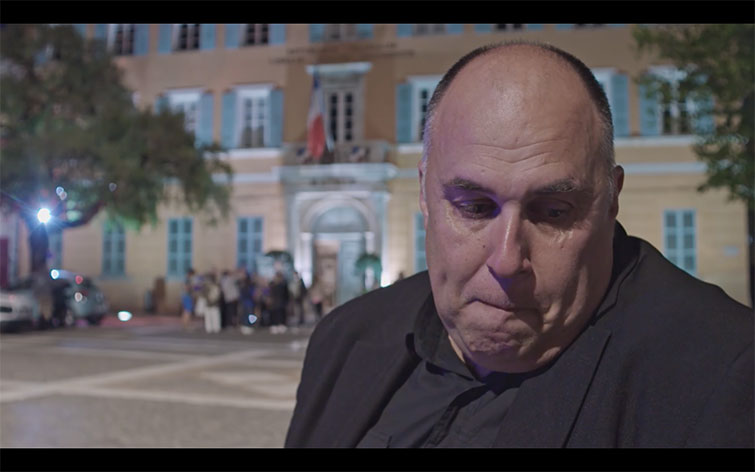
PB: When we see Enzo tearful over election results, there’s a moment at the end of the interview where blue lights flash on his face. How did you feel about this in the edit?
NM: I love interviews, they can reveal so much about a character’s inner life.
The last interview with Enzo in the film was the last one we did with him, and it was done right outside of the town hall where the election results were announced. A police car just started behind us as Enzo was speaking, and that created the blue lights on his face. I felt like that added an intensity to the moment, as well as to Enzo’s emotions. Somehow, it completely matched what he was describing, so this is why I chose to keep it in the edit.
PB: How did you find these NF supporters in DWLP? What advice do you give for filmmakers hoping to engage perspectives of conservative people who fancy themselves marginalized and wary of media?
NM: It took a lot of phone calls! I wanted to portray supporters, so I reached out directly to NF groups. I chose empathy, a non-conflictual approach, to listen to their ideas rather than to judge. NF supporters have traditionally been depicted by the media as “evil.” With my film, I wanted to show them as multi-dimensional. People who agree to go on camera naturally want to share their stories, but then it’s just about practicing empathy, asking the right questions, and reacting with curiosity rather than animosity.
All images via Field of Vision – Dancing with Le Pen.
Looking for more industry interviews? Check these out.
- Grant Korgan and “The Push” on Owning Your Own Reality
- Industry Interview: Emmy-Nominated Editor Vera Drew
- Interview: “The Man in the High Castle” Cinematographer Gonzalo Amat
- Industry Insights: Editor Matt Friedman Talks “The Farewell”
- Interview: Director Ernie Gilbert on His Sci-Fi Short Film “Nine Minutes”


